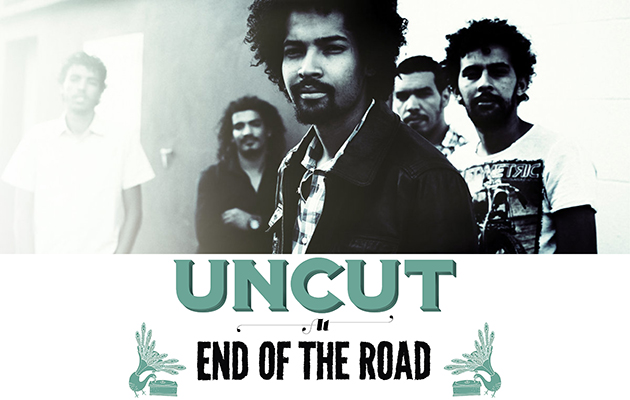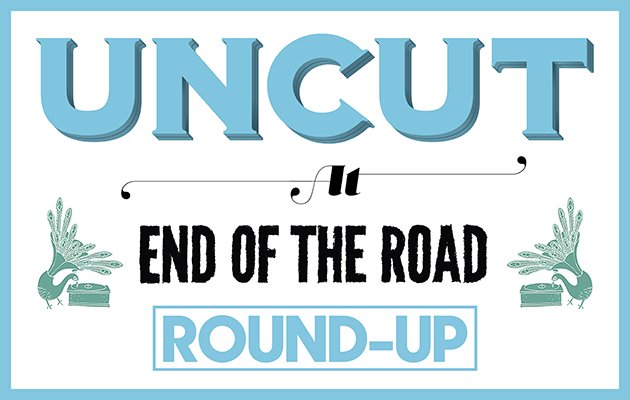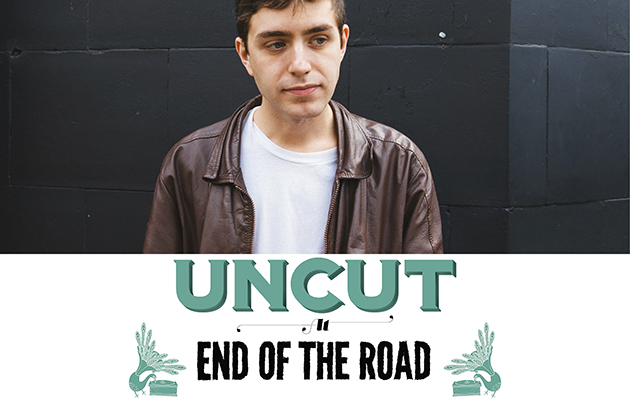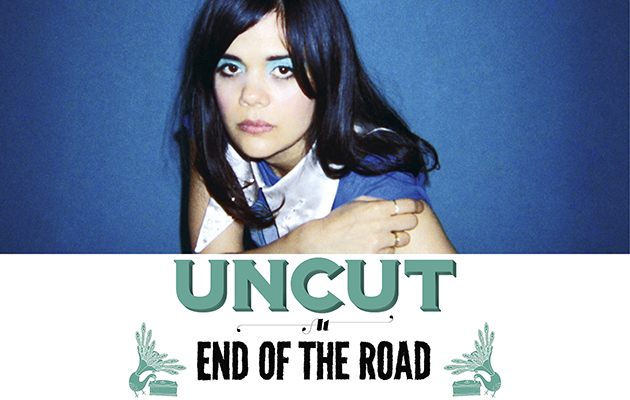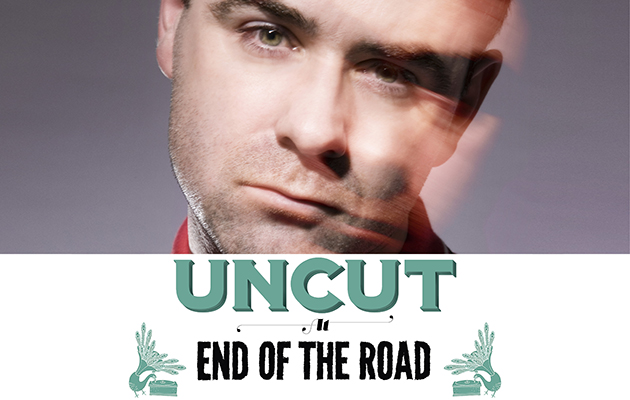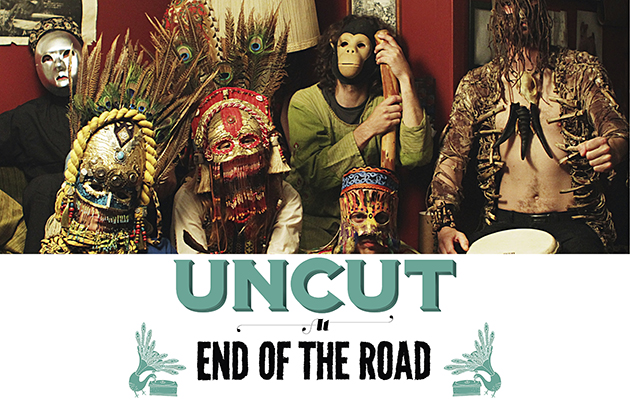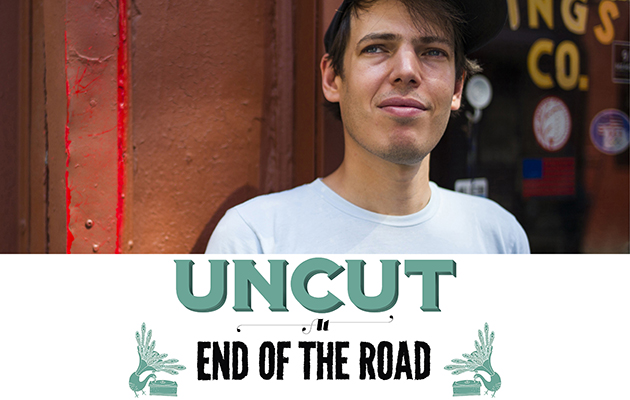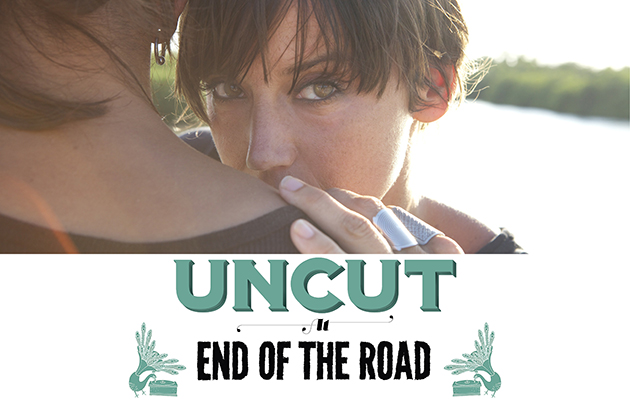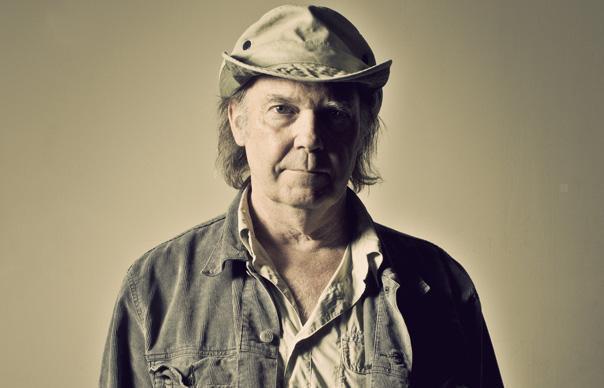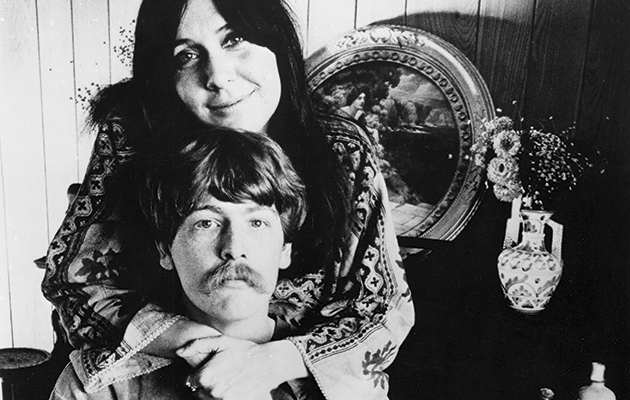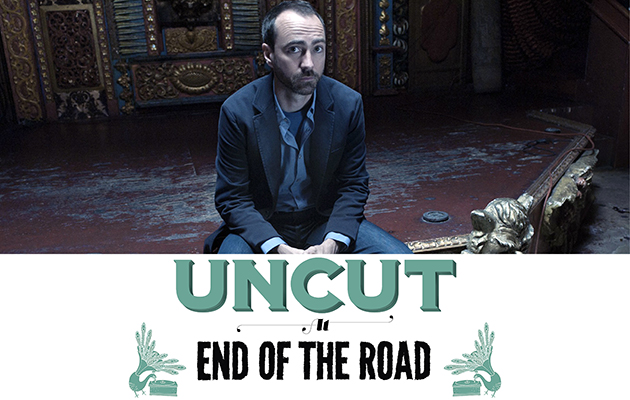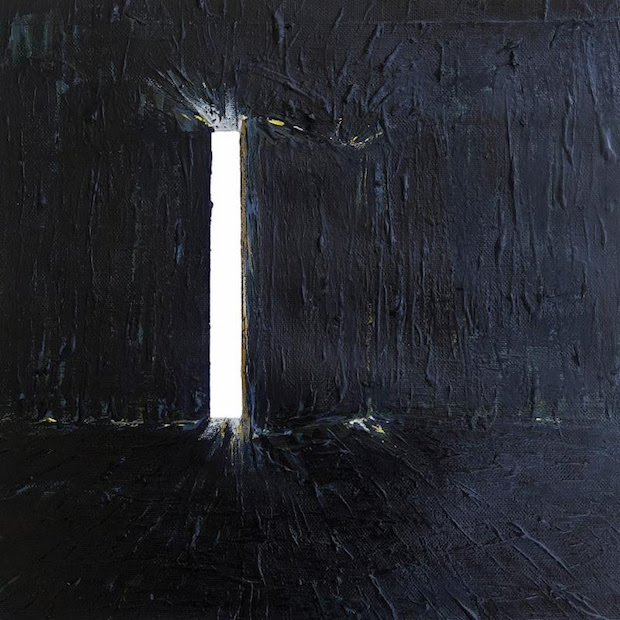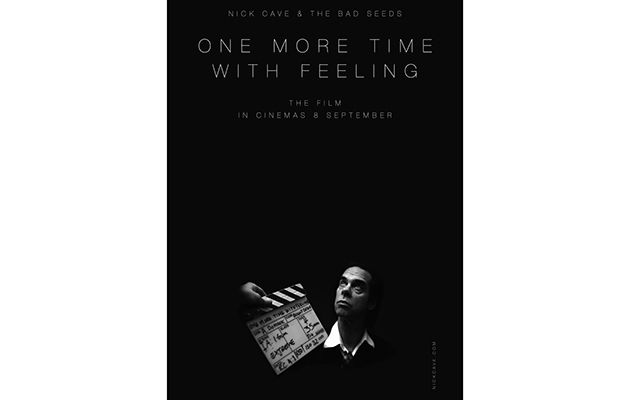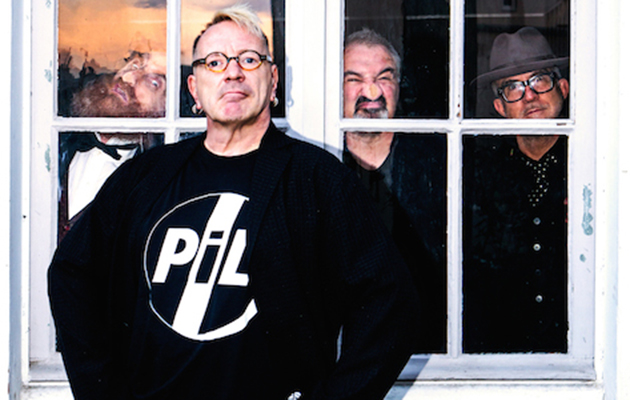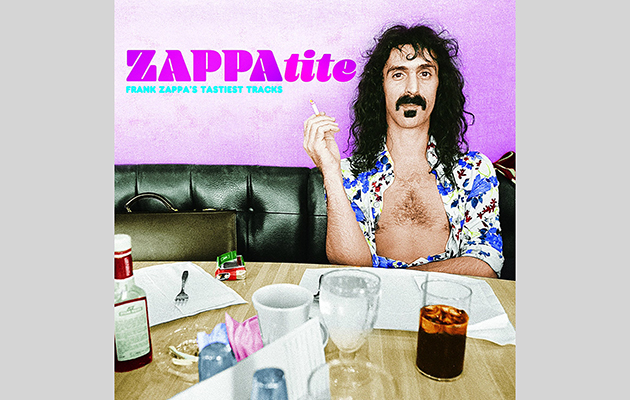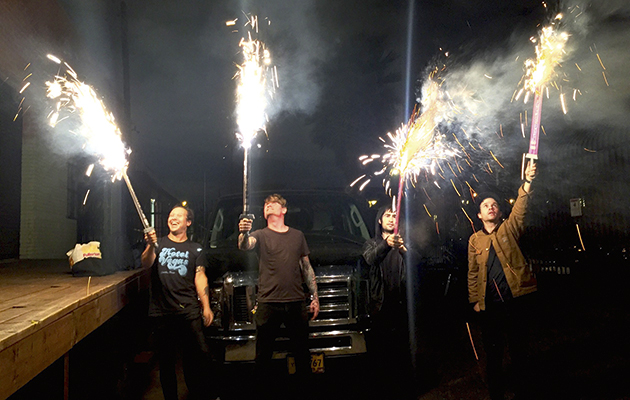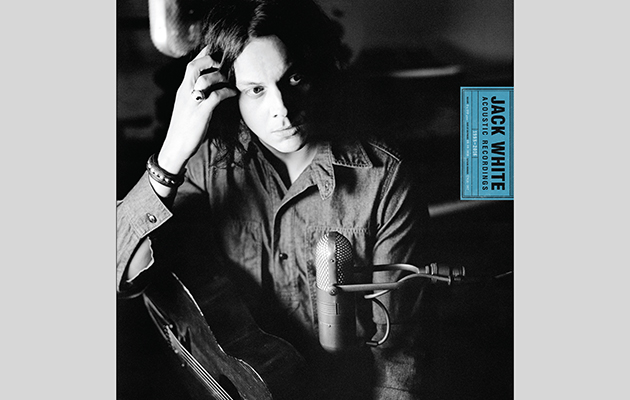PiL have announced deluxe reissues of Metal Box and Album.
Both albums will be available as four CD and four vinyl LP deluxe boxsets, as well as digitally, on October 28. The editions will include rare and unreleased mixes and demos, alongside a live album.
Metal Box will feature a live set taken from PiL’s impromptu gig at Manchester’s The Factory on June 18, 1979. Album will include the band’s set at Brixton Academy on 27 May, 1986.
As a nod to the original release in which the album was packaged in a metal film canister, Metal Box will come in a square metal tin with an embossed PiL logo.
Meanwhile, Album will come in a square cardboard box with stamped artwork as a faithful recreation of the originally minimalist aesthetic to the album.
Both re-issues will come with a 72 page booklet, together with an exclusive poster, prints (in the vinyl version) and postcards (for the CD).
The tracklisting for the re-issues of Metal Box and Album is:
‘Metal Box’ 4 CD
CD 1: Metal Box
CD 2: B-sides, mixes & radio sessions
CD 3: Unreleased Mixes
CD 4: Live at Manchester, Russell’s Club (The Factory) 18/6/79
Disc 1:
Remastered album
1. Albatross
2. Memories
3. Swan Lake (Death Disco)
4. Poptones
5. Careering
6. No Birds Do Sing
7. Graveyard
8. The Suit
9. Bad Baby
10. Socialist
11. Chant
12. Radio 4
Disc 2:
B-sides, mixes & radio sessions
1. Death Disco (7” edit)
2. Death Disco 12”
3. Half Mix / Megga Mix (b-side)
4. Death Disco – BBC TV, Top of the Pops July 12.7.72
5. Memories 12”
6. Another (b-side)
7. Poptones – BBCRadio 1, John Peel Sessions 1979
8. Careering – BBC Radio 1, John Peel Sessions 1979
9. Chant – BBC Radio 1, John Peel Sessions 1979
10. Poptones – BBC TV, Old Grey Whistle Test 5/2/80 (audio)
11. Careering – BBC TV, Old Grey Whistle Test 5/2/80 (audio)
12. Pied Piper (rare compilation-only track)
Disc 3:
Unreleased Mixes
1. Poptones (version 3) (unreleased)
2. Swan Lake (monitor mix)
3. Albatross (monitor mix) (alternative mix)
4. Swan Lake (“master”) (alternative mix) (unreleased)
5. Unknown INST Jam 1 (“Chant”) (unreleased)
6. Unknown Jam 2 (“Megachant”) (unreleased)
7. Music from an Oven (aka Memories) (unreleased)
8. Radio 4 (“symphony suite”) (unreleased)
9. Home is Where The Heart is (original mix) (unreleased)
10. Unknown INST 2 (unreleased)
Disc 4:
Live at Manchester, Russell’s Club (The Factory) 18/6/79 (unreleased)
1. Chant
2. Swan Lake (aka Death Disco)
3. Memories
4. Public Image
5. Annalisa
6. No Birds Do Sing
‘Metal Box’ 4 LP
LP 1: Metal Box
LP 2: Metal Box (continued)
LP 3: Live at Manchester, Russell’s Club (The Factory) 18/6/79
LP 4: Rare Mixes and BBC Radio Sessions
LP 1 & 2:
‘Metal Box’ studio album
Disc 1 (side 1):
Albatross
Memories
Disc 1 (side 2):
Swan Lake (Death Disco)
Poptones
Careering
Disc 2 (side 1):
No Birds Do Sing
Graveyard
The Suit
Disc 2 (side 2):
Bad Baby
Socialist
Chant
Radio 4
LP 3:
Live at Manchester, Russell’s Club (The Factory) 18/6/79 (unreleased)
Disc 3 (side 1):
Chant
Swan Lake (aka Death Disco)
Memories
Disc 3 (side 2)
Public Image
Annalisa
No Birds Do Sing
LP 4:
Rare Mixes & BBC Session
Disc 4 (side 1):
Swan Lake (monitor mix)
Albatross (monitor mix)
Disc 4 (side 2):
BBC Radio 1, John Peel Sessions 1979
Poptones
Careering
Chant
‘Album’ 4 CD
CD 1: Album
CD 2: Live at Brixton Academy 27.5.86
CD 3: Various, mixes & outtakes etc
CD 4: Original 1985 Album demos
Disc 1:
Remastered album
1. FFF
2. Rise
3. Fishing
4. Round
5. Bags
6. Home
7. Ease
Disc 2:
Live at Brixton Academy 27.5.86 (unreleased)
1. Kashmir
2. FFF
3. Low Life
4. Fishing
5. Poptones
6. Pretty Vacant
7. Banging the Door
8. Flowers of Romance
9. Bags
10. Round
11. Home
12. Public Image
13. Rise
14. Annalisa
Disc 3:
Various, mixes & outtakes etc
1. Things in E (aka Ease) (alternative Laswell mix) (1986) (unreleased)
2. Rise (7” edit)
3. Rise (instrumental)
4. Home (7” edit)
5. Rise (Bob Clearmountain remix
6. Home – BBC TV, Old Grey Whistle Test 20/5/86 (audio)
7. Round – BBC TV, Old Grey Whistle Test 20/5/86 (audio)
Bonus Tracks
1. Time Zone – World Destruction (12”)
2. Time Zone – World Destruction (Industrial Remix)
Disc 4:
Original 1985 Album demos
1. Animal (unreleased)
2. Black Rubber Bags (aka Bags) (unreleased)
3. European Cars (aka Round) (unreleased)
4. Fairwell Fairweather Friend (aka FFF) (unreleased)
5. Pearls Before Swine (aka Fishing) (unreleased)
6. Things in E (aka Ease) (instrumental) (unreleased)
7. Ben Hur (unreleased) (instrumental) (unreleased)
8. Cats (unreleased) (instrumental) (unreleased)
9. Have a Nice Day (unreleased) (instrumental) (unreleased)
10. Untitled 3 (unreleased) (instrumental) (unreleased)
11. Pearls Before Swine (aka Fishing) (alternate mix) (incomplete) (unreleased)
‘Album’ 4 LP
LP 1: Album
LP 2: Original 1985 Album demos
LP 3: Various, mixes & outtakes etc 1
LP 4: Various, mixes & outtakes etc 2
LP1:
‘Album’ studio album
Disc 1 (side 1):
FFF
Rise
Fishing
Round
Disc 1 (side 2):
Bags
Home
Ease
LP2:
Original 1985 Album demos
Disc 2 (side 1):
Animal (unreleased)
Black Rubber Bags (aka Bags) (unreleased)
European Cars (aka Round) (unreleased)
Disc 2 (side 2):
Fairwell Fairweather Friend (aka FFF) (unreleased)
Pearls Before Swine (aka Fishing) (unreleased)
Things in E (aka Ease) (instrumental) (unreleased)
LP3:
Various, mixes & outtakes etc 1
Disc 3 (side 1):
Things in E (Ease) (alternative Laswell mix) (unreleased)
Disc 3 (side 2):
Rise (7” edit)
Rise (instrumental)
Home (7” edit)
LP4:
Various, mixes & outtakes etc 2
Disc 4 (side 1):
Home – BBC Old Grey Whistle Test 20/5/86
Round – BBC, Old Grey Whistle Test 20/5/86
Rise (Bob Clearmountain remix)
Disc 4 (side 2):
Time Zone – World Destruction (12”)
Time Zone – World Destruction (Industrial Remix)
The October 2016 issue of Uncut is now on sale in the UK – featuring our cover story on David Bowie, plus Margo Price, Lou Reed, David Crosby, Devendra Banhart, Van Der Graaf Generator, The Turtles, The Beatles, Granny Takes A Trip, Kate Bush, Drive-By Truckers, Jack White, Ray Charles, Led Zeppelin, Wilco and more plus 32 pages of reviews and our free 15-track CD
Uncut: the spiritual home of great rock music.


